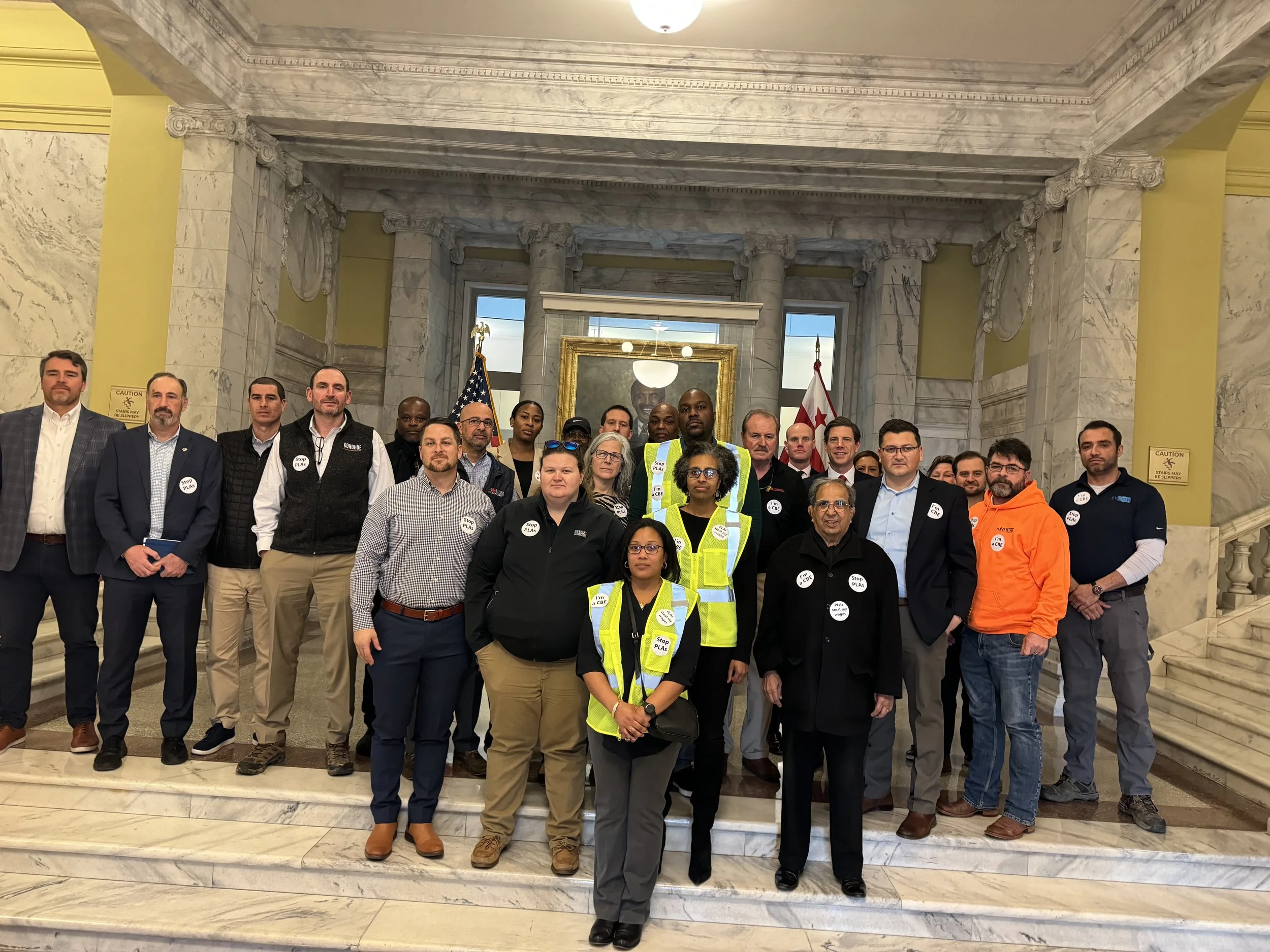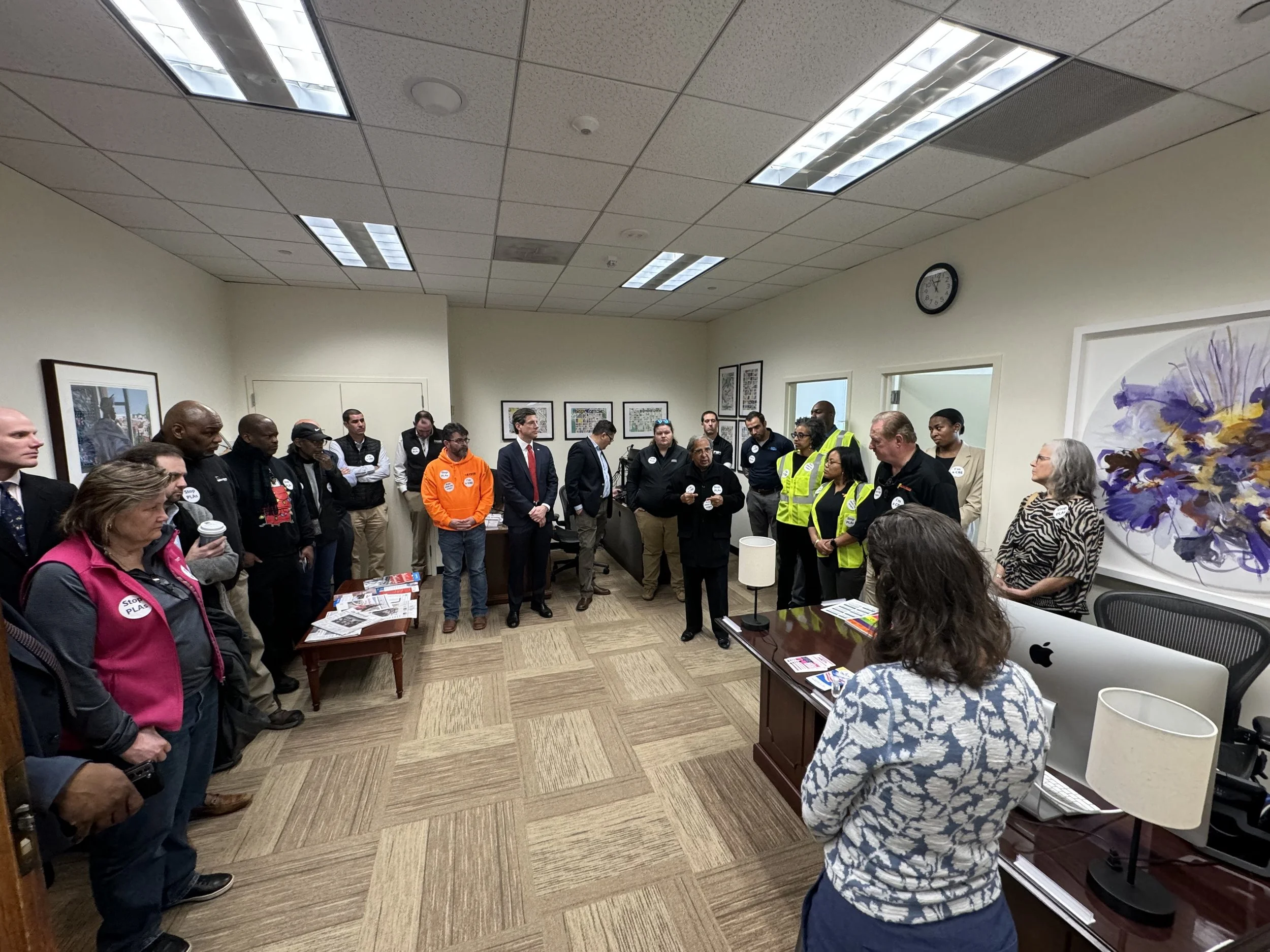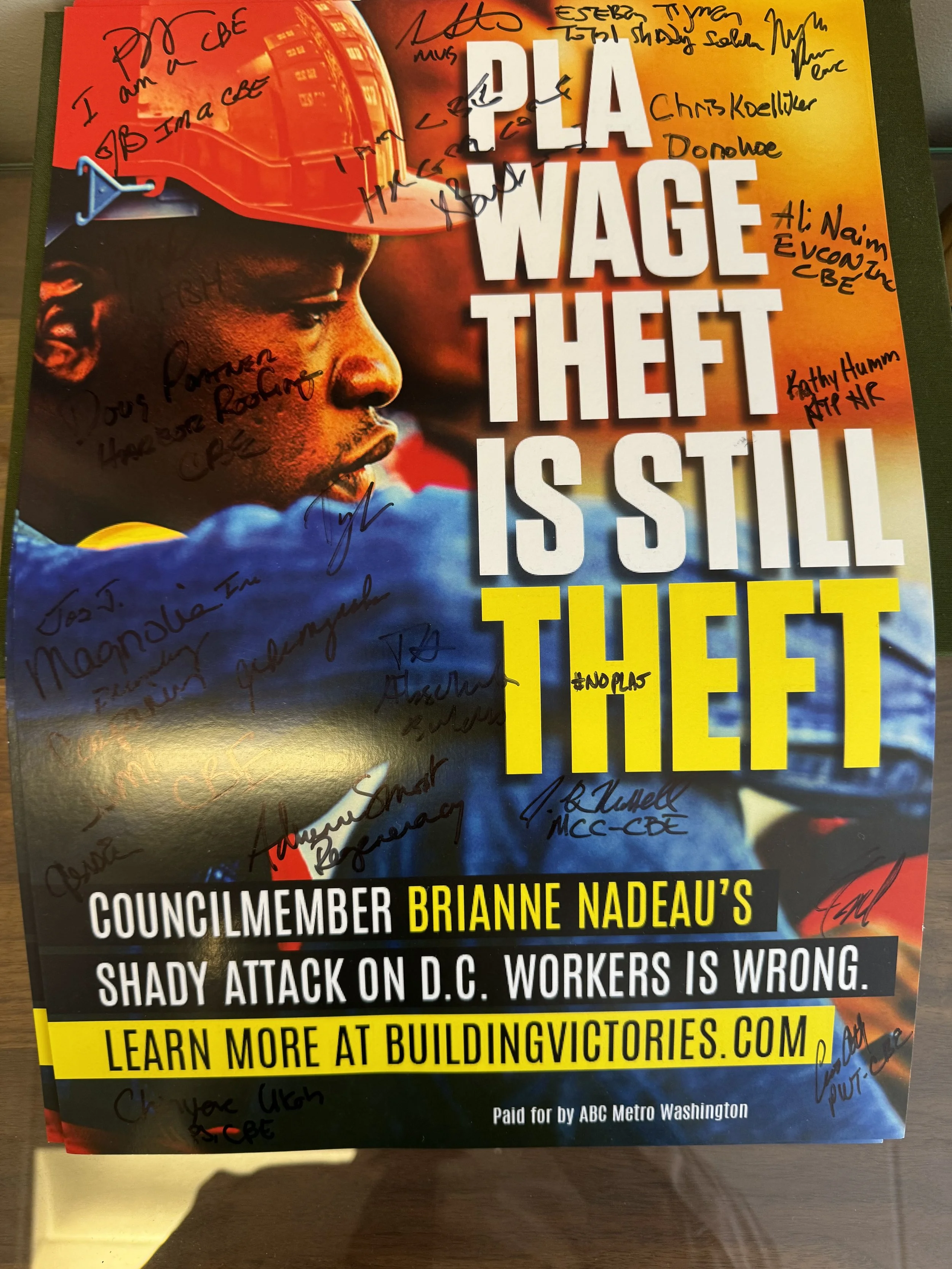Koma-tose: Fact checking the Washington City Paper
Alex Koma:
His problem with PLA Wage Theft isn’t the theft, it’s the wordsmithing.
The Washington City Paper’s Alex Koma recently published a “story” (in the most literal sense) in which he demonstrated a complete lack of knowledge about Project Labor Agreements (PLAs). Without a single interview of a construction business or worker, Koma gets just about everything wrong. Here’s a breakdown of the most problematic errors in the story.
PLAs do not determine worker wages and benefits.
At the outset of his article, Koma gets the most fundamental fact about PLAs wrong by alleging that PLAs are “blanket contracts setting out terms like wages and benefits on big construction projects.” This is false. Wages and benefits on District-supported projects are set by federal law - namely the Davis-Bacon Act. PLAs have no impact on wages or benefits of construction workers on these projects. None.
This misunderstanding is extremely important because it sets the table for the most pernicious aspect of PLAs - not only do they not increase worker wages in DC, they actually allow unions to steal the wages of the 89% of local construction workers who have chosen not to join a construction labor union. And not just by a small amount. Studies show that PLA Wage Theft can be up to 34% of a worker’s paycheck. For a carpenter working on a DC project, that’s equal to $30,139 of stolen wages on an annualized basis! Koma writes that to call PLA Wage Theft what it is - theft - is to engage in “anti-union rhetoric.” Nonsense. But more on that later.
PLA Wage Theft
What it means for carpenter in the District of Columbia.
2. Workers do not “appreciate” having their wages stolen.
Koma repeats - without a single shred of factual evidence or backup - a claim by a labor union official that workers “appreciate the benefits associated with PLAs” and goes further to say that even non-union workers (which amounts to nearly all construction workers in the District) ”get to enjoy benefits typically afforded to union members, as things like pension contributions are shifted to ‘multi employer pension plans,’ which follow workers even as they change jobs.” Here we see why thorough, fact-checked reporting, such as talking to actual construction workers, is important. And Koma did not do that. Workers, in fact, don’t appreciate being forced to pay into a pension plan by the D.C. Council, for which they don’t vest and never receive their contribution back. If that sounds like theft, it is.
In construction, workers typically rotate from project to project, meaning that there is no possibility of hitting a 5-year vesting requirement by a multi-employer pension plan. (Again, the only reason workers must contribute to these plans is because politicians require firms to sign a PLA as a condition of working on taxpayer funded project.) The false promise of multi-employer pension benefits is one of the most cynical claims made about PLAs. Koma gives this lie oxygen without an ounce of skepticism. In recent District PLAs, workers who were forced to contribute to the multi employer plan weren’t even provided enrollment documents by the union plan. In other words, they just took the workers’ money.
And let’s talk about these multi-employer pension plans. Nearly all are severely underfunded, meaning that even if a worker vested in the plan, the plan is so mismanaged that it won’t have the resources to pay benefits when they retire. The U.S. Department of Labor classifies multi-employer plans based on their funding status - i.e., whether the assets of the plan are sufficient to meet the promised benefits. Here are the list of the funding status of the pension plans that the District required workers to place their wages into due to the PLA on the D.C. United Soccer Stadium. For those not conversant in pension-speak, when a plan is classifed “endangered” or “critical,” it means the plan is unlikely to have the resources to pay the promised benefits to its members.
3. Virtually no local, minority-, or woman-owned business can sign a PLA.
Koma gives credence to the claim that, “‘non-union contractors can and do bid on projects where PLAs are required or incentivized,’ and that the agreements typically include pieces specifically set aside for CBE participation.” He repeats a claim that 45 minority and woman-owned business worked on the Frederick Douglas Bridge, which was covered by a PLA, with no substantiation. Call us skeptical. Very skeptical.
Admittedly, this is a complicated issue. But let’s break it down.
There is no explicit prohibition that prevents non-union companies from working on PLA projects. But they do so at their own peril. Under federal ERISA law, which governs pensions, the mere act of contributing to a multi-employer pension plan (as required by a PLA) makes a construction firm liable for their share of the plan’s under funding. And they are all underfunded. As a result, PLAs impose uncapped financial liability on small, particularly minority- and woman-owned, construction firms, if they sign the PLA. Most small firms are aware of this danger and simply will not work on PLA projects. Occasionally, a small firm will be unaware of this financial liability and agree to sign a PLA. It never goes well.
Consider the case of J. Supor & Son Trucking Company, located in New Jersey. They agreed to work on a project covered by a PLA and made contributions to the Trucking Employees of North Jersey Pension Fund during their time on the project. It was a major mistake. Shortly after their work ended on the project, they were hit with a $700,000 demand from the pension fund for their share of “withdrawal liability.” This was more than the value of their contract on the project.
PLA proponents often claim that local businesses worked successfully on PLAs. Nearly always, this occurs only to the extent that they are specifically exempted from signing the PLA. Two recent PLAs in the District a specific exemption for CBEs from the requirement to sign the PLA if their contract was less than $6 million. It should be self-evident that an exemption from signing the PLA is necessary to have CBE participation on a PLA project. But should it really the District’s public policy that CBEs - the District’s small, minority-, and woman-owned businesses - should only be able to pursue the smallest contracts on the very projects that their tax dollars pay for? Who doesn’t believe this is outrageous and insulting limitation caused by the existence of a PLA?
Lastly, Koma’s dismissive attended towards CBEs, which are locally owned businesses is troubling. Local businesses are the backbone of the District’s economy, providing jobs, opportunity, and a way for workers to support their families. They deserve the support of District leaders, not to be looked down upon the way Koma clearly does. Hear from DC businesses and workers, in their own words, below.
3. PLAs are not “uncontroversial.”
Koma claims PLAs are “uncontroversial” and “popular.” Tell it to the District’s construction workers and businesses. They work hard to deliver quality projects in a highly competitive industry. Their voices are the ones that matter on the issue of PLAs. To claim that PLAs are “popular” is to silence the voices that matter most.
4. Opposition to PLAs isn’t just “anti-union” rhetoric.
The facts are the facts - PLAs steal the wages of workers and discriminate against local, minority- and woman-owned construction firms. For too long, some policymakers have turned a blind eye towards these facts.
But rather than express an ounce of shame about the wage theft enabled by PLAs, Koma and others assert that opposition to PLAs is just “anti-union rhetoric.” In doing so, they miss the fundamental point about PLAs. Workers - not the D.C. Council by edict - should get to decide if they want to join a labor union. Workers can easily join a labor union by signing up at the union hiring hall. No one believes, nor has stated, that workers should not have this choice. PLAs, however, take this choice completely out of the workers’ hands by requiring them to join a union to work on a taxpayer-funded project. 89% of DC construction workers have chosen not to join a construction union. Why can’t Koma and some members of the D.C. Council respect their decisions?






